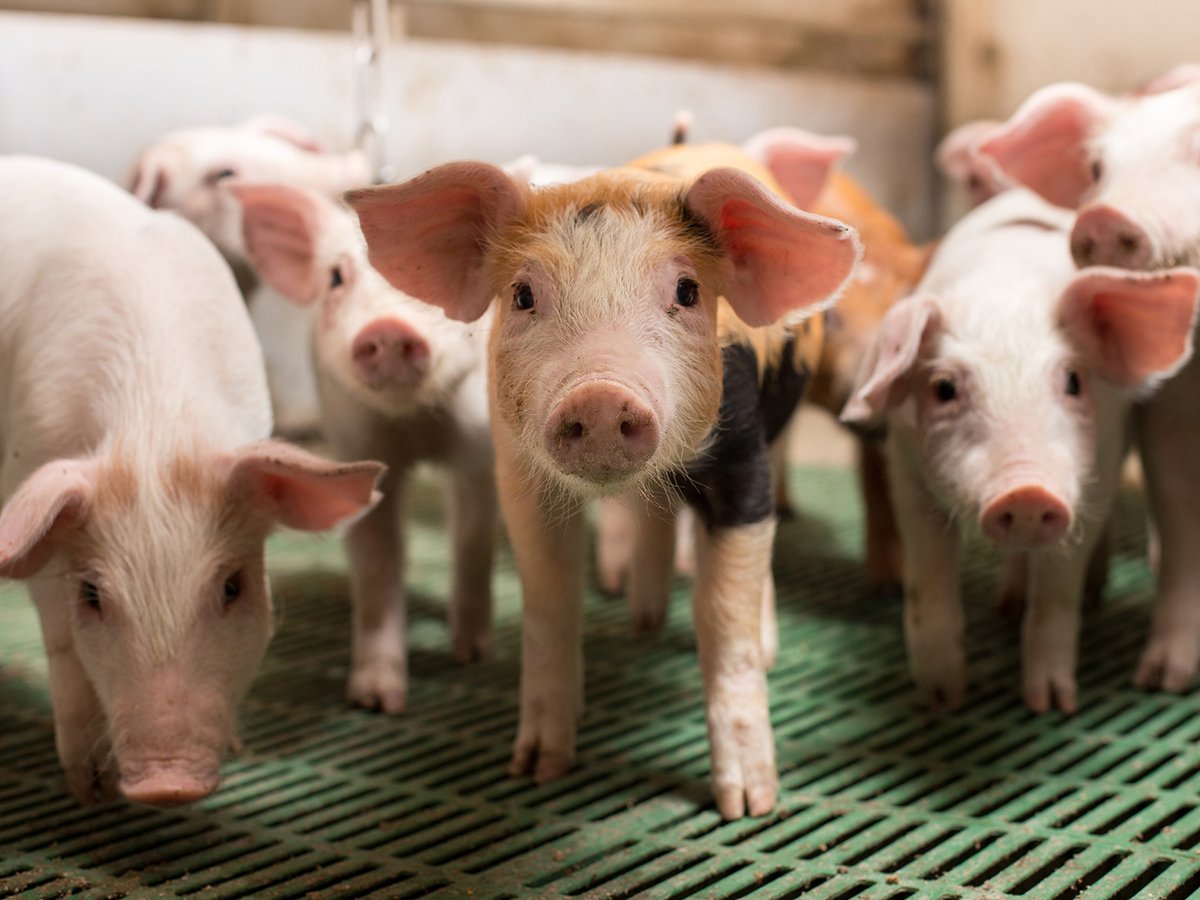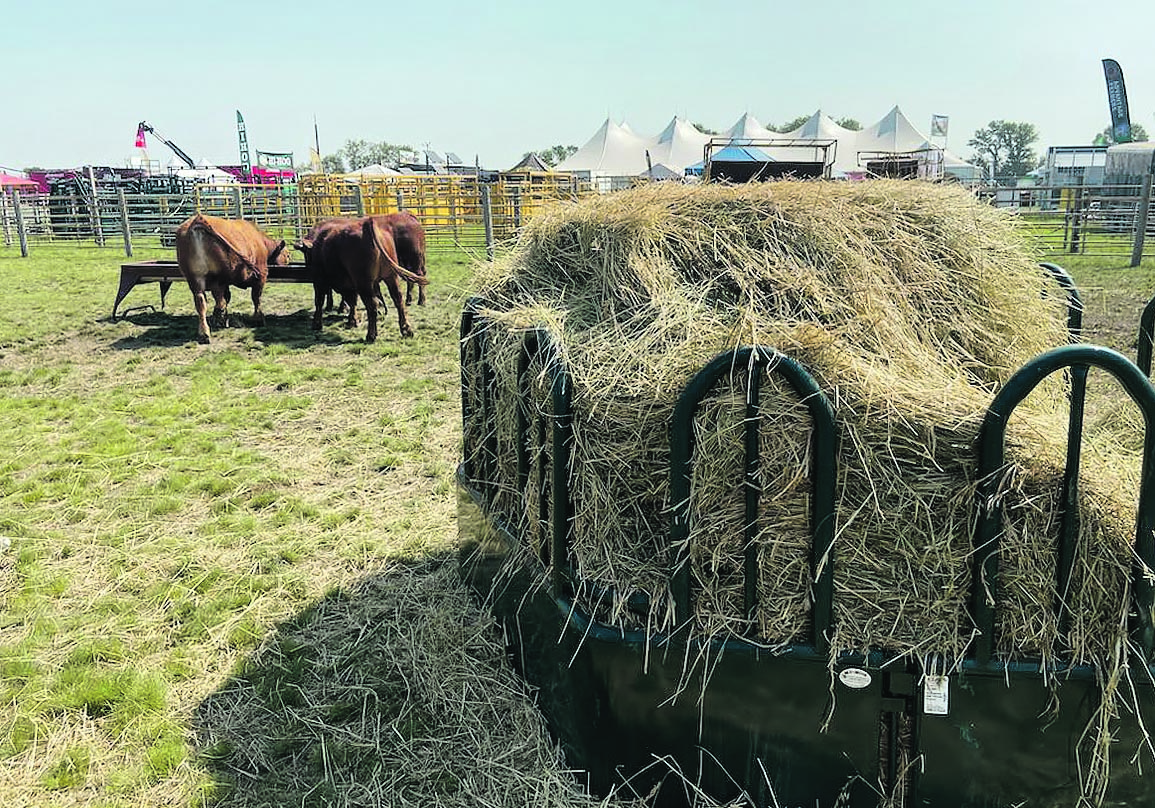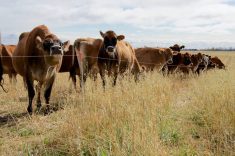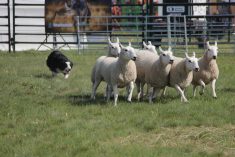Sask. livestock specialist says it’s critical for producers to know what they have when feed supplies and quality are lower
LANGHAM, Sask. — Prairie beef farmers were forced to find new feed sources, learn new processes and make difficult decisions in managing their feed inventories in the past few years.
They struggled through three intensive years of drought — in many cases after experiencing several dry years. Rain arrived this year.
“Early spring rains created grass that we haven’t seen for three to five years, maybe even up to seven years in some parts of the province, and because of that, the pressure is alleviated,” Kurtis Reid, who sells Masterfeeds products in Saskatchewan, said at the recent Ag In Motion farm show near Langham.
Read Also

The Western Producer Livestock Report – October 9, 2025
Western Producer Livestock Report for October 9, 2025. See U.S. & Canadian hog prices, Canadian bison & lamb market data and sales insights.
Last year was the toughest as livestock reacted to several years of challenging rations, and there were even fewer options to find quality feed.
Higher rates of beef cows did not conceive in 2023, which is attributed to the third year of drought.
Measuring feed quality, making longer term plans for pasture and focusing on costs and forage supplies before a drought shows up are some of the lessons passed on in interviews during Ag In Motion.
When feed supplies and quality are lower, it’s critical to know what you have, said Natasha Wilkie, livestock and feed extension specialist with Saskatchewan Agriculture. Feed tests, which are available through the ministry, are the first place to start.
Precise feed supplementation matters more in drought years, said Reid.
“In the good years, it doesn’t matter as much, but when you get into some of these tough years, every per cent of wasted feed is just another per cent off the bottom line.”
Forage stands have suffered stress from a lack of moisture, and few of them were successfully reseeded, said Roger Meyers from Union Forage. Regular reseeding was either unsuccessful due to the lack of soil moisture or put off due to risk of poor establishment. That means there will be more older stands, and the need to reseed will be compressed.
Meyers advised not leaving large tracts of land for reseeding at once, but rather to reseed smaller parts of grazing land on a more regular basis because that can reduce the risk of being caught with older stands during a drought.
















